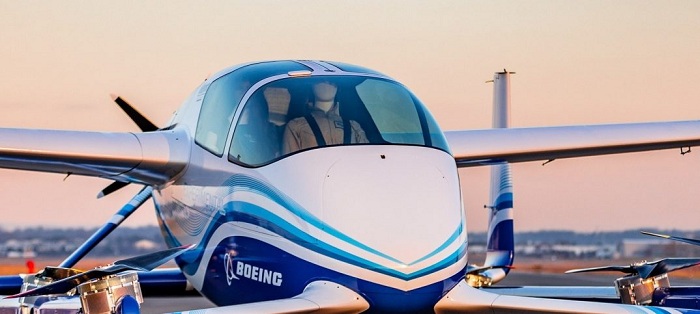With latest trend in the field of transportation, the technology is making the travel easier, speedy and enjoyable. Multiple companies have outlined plans for flying taxis, but Boeing just took an important step toward making them a practical reality. The aircraft maker has completed the first test flight of its autonomous electric VTOL aircraft, Boeing’s self-flying Air Machine. Now the company has verified that the machine can take off, hover and land.
Well for some, it’s a modest start, to put it mildly. The Boeing’s self-flying Air Machine has yet to fly forward, let alone transition from vertical to forward flight modes.
Boeing’s self-flying Air Machine
The 30-foot-long PAV, which stands for Passenger Air Vehicle, will get a claimed range of 50 miles from its electric drive-train. Future flights will test forward, wing-borne flight, as well as the transition phase between vertical and forward-flight modes. This transition phase is typically the most significant engineering challenge for any high-speed VTOL aircraft.
Boeing Chief Technology Officer Greg Hyslop said, “In one year, we have progressed from a conceptual design to a flying prototype. Boeing’s expertise and innovation have been critical in developing aviation as the world’s safest and most efficient form of transportation, and we will continue to lead with a safe, innovative and responsible approach to new mobility solutions.”
This Boeing self flying machine is powered by an electric propulsion system. The PAV prototype is designed for fully autonomous flight from takeoff to landing, with a range of up to 50 miles. While the flying machine measure as 30 feet (9.14 meters) long and 28 feet (8.53 meters) wide. On the other hand, its advanced airframe integrates the propulsion and wing systems to achieve efficient hover and forward flight. Well this successful test flight has puts the company ahead of competitors, though.













Recent Comments